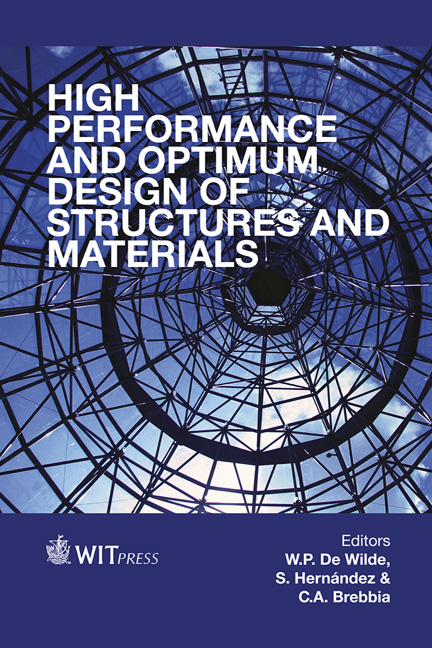Physicochemical Characterization Of Modified Multicomponent Binder Mortar In Relation To Calcium Hydroxide Leaching
Price
Free (open access)
Transaction
Volume
137
Pages
10
Page Range
81 - 90
Published
2014
Size
829 kb
Paper DOI
10.2495/HPSM140081
Copyright
WIT Press
Author(s)
N. Mohamed Sutan, I. Yakub, S. Hamdan & Z. A. Talib
Abstract
This paper presents and discusses the results of the study on the effects of modified multicomponent binder mortar (MMCB) on calcium hydroxide (CH) leaching to form calcium carbonate (CaCO3) on the surface of cement based products, investigated in laboratory environment at daily room temperature (T) and relative humidity (RH) in the range of 18–28°C and 65–90%, respectively. Pozzolans used as cement replacement were Fly Ash Class F (FA) and Silica Fume (SF). Polymers used as a cement additive were styrene butadiene rubber (SBR) (Synthomer Grade 29Y46) and styrene acrylic ester (SAE) (Revacryl Grade 477). The influence of these materials on mortar has been discussed by researchers separately but their combinative influence on CH leachate has not been researched yet. CH leachate intensities in terms of percentages of (CaCO3) resulted from Puddle Test (PT) and Standard Chemical Method (SCM) were compared systematically between MMCB samples with unmodified control mortar (UCM) of 0.4w/c in order to get a better understanding of how the combination of pozzolan and polymer influence CH leaching. The findings were discussed and substantiated physically and mechanically with the initial surface absorption test (ISAT) and compressive strength test results and micro structurally with the characterization and morphology of calcium hydroxide (CH) and calcium silicate hydrate (C-S-H) from EDS and SEM images. The results showed that MMCB had less formation of CaCO3 (calcite) compared to UCM with validation from the physicochemical and mechanical analysis that
Keywords
modified multicomponent binder, mortar, CH, ISAT, SEM, EDS





